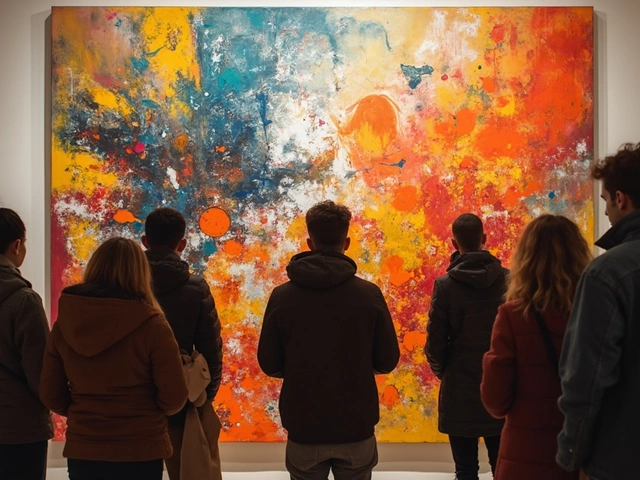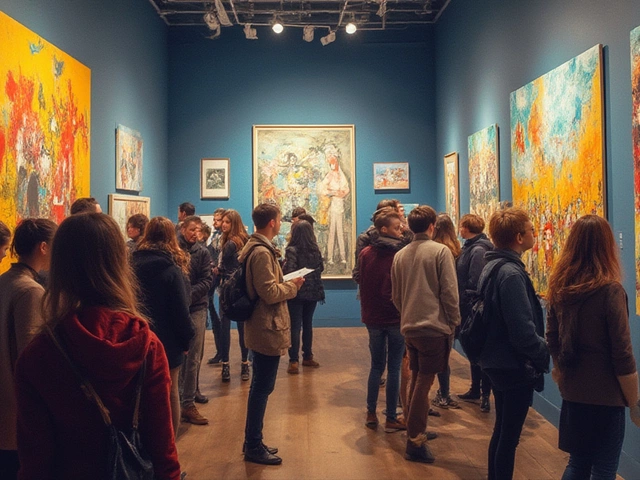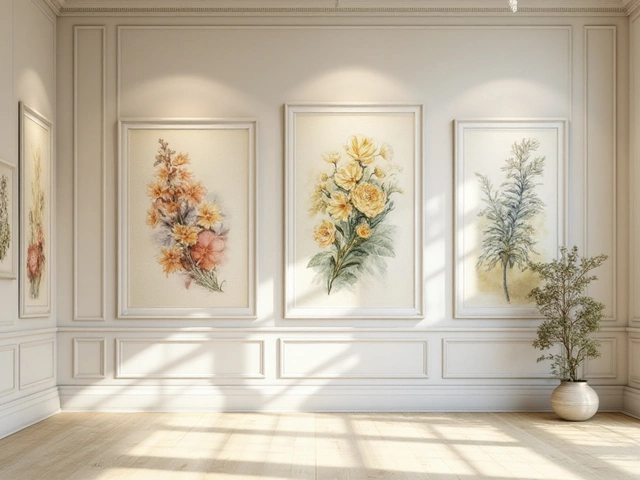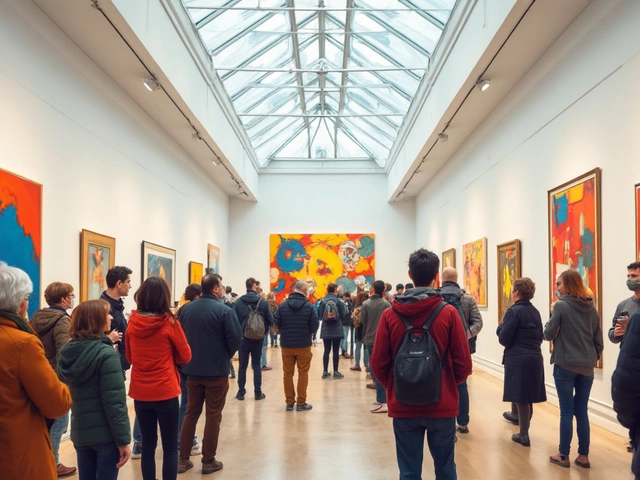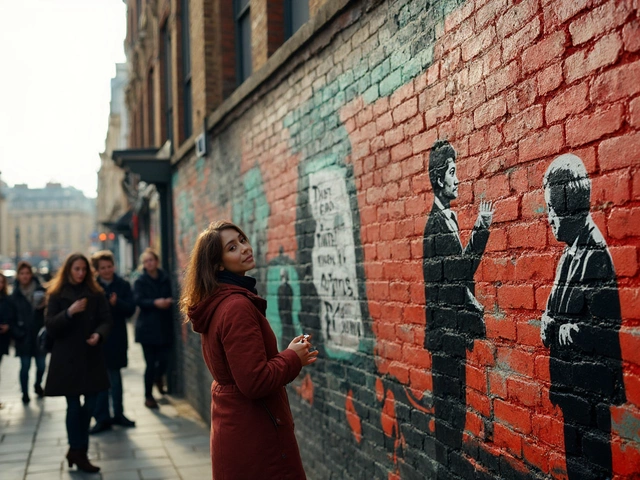Photorealism – The Art of Turning Paint Into a Photo
When working with Photorealism, a painting style that reproduces a scene with the exact detail of a photograph. Also known as hyperrealism, it pushes the limits of what can be done with brush and pigment. Artists often turn to digital art, software that lets them plan composition, lighting and color before any paint touches the canvas to map out the precision they need. Photorealism also leans heavily on photography, the source material that provides the exact reference for perspective, texture and reflection. In short, photorealism combines the eye‑level accuracy of a photo with the tactile depth of paint, creating works that make you double‑take and wonder if you’re looking at a picture or a real object.
How Photorealism Connects to Other Art Forms
One of the biggest bridges to photorealism is oil painting, the medium prized for its slow drying time and rich color blending capabilities. The buttery texture of oil lets artists layer glazes, build up subtle shadows, and capture reflective surfaces – all essential for that photograph‑like finish. When the subject is a natural scene, landscape painting, the tradition of depicting outdoor vistas becomes a playground for photorealists. They study how light hits water, how clouds cast soft edges, and how foliage textures translate onto canvas, borrowing compositional tricks from classic landscape masters. The rise of digital platforms also means that photorealism now overlaps with abstract art, a style focused on shape and color rather than representational detail. While they seem opposite, many photorealist artists experiment with abstracted backgrounds or use abstract techniques to emphasize focal points, proving that the two can coexist in a single piece. Likewise, modern art movements push the conversation further, encouraging photorealists to embed social commentary or conceptual ideas within their ultra‑realistic images, turning a technically perfect scene into a thought‑provoking statement. All these connections form a web: photorealism requires the precision of photography, benefits from the flexibility of digital art, relies on the depth of oil painting, and interacts with landscape, abstract, and modern art trends. Understanding these links helps you see why a single photorealist work can feel like a blend of classic skill and cutting‑edge technology. Below you’ll find a curated list of articles that dive deeper into each of these aspects, from practical guides on mastering oil techniques to stories about how digital tools are reshaping the photorealist scene. Explore the range, pick up actionable tips, and see how photorealism fits into the broader art landscape.
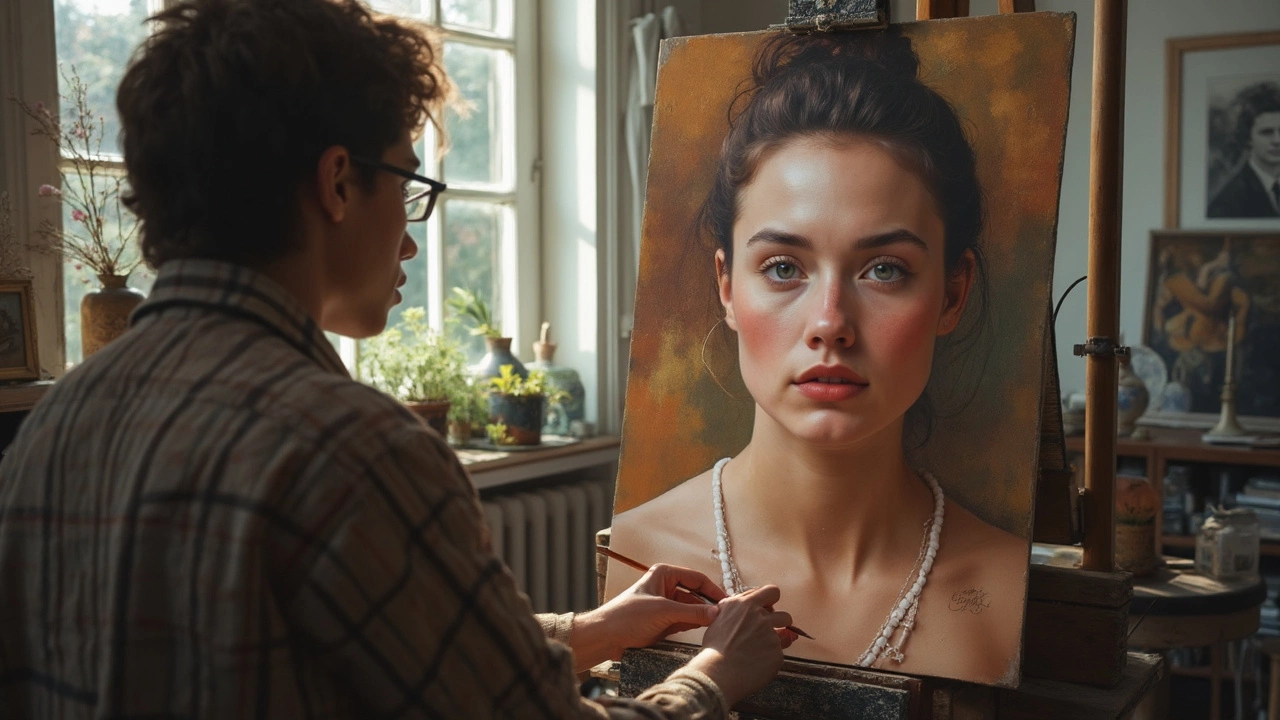
Explore the world's most realistic portrait artist and what makes hyperrealistic art so captivating. Dive into techniques, legends, curious facts, and what to look for in mind-blowing lifelike paintings.
